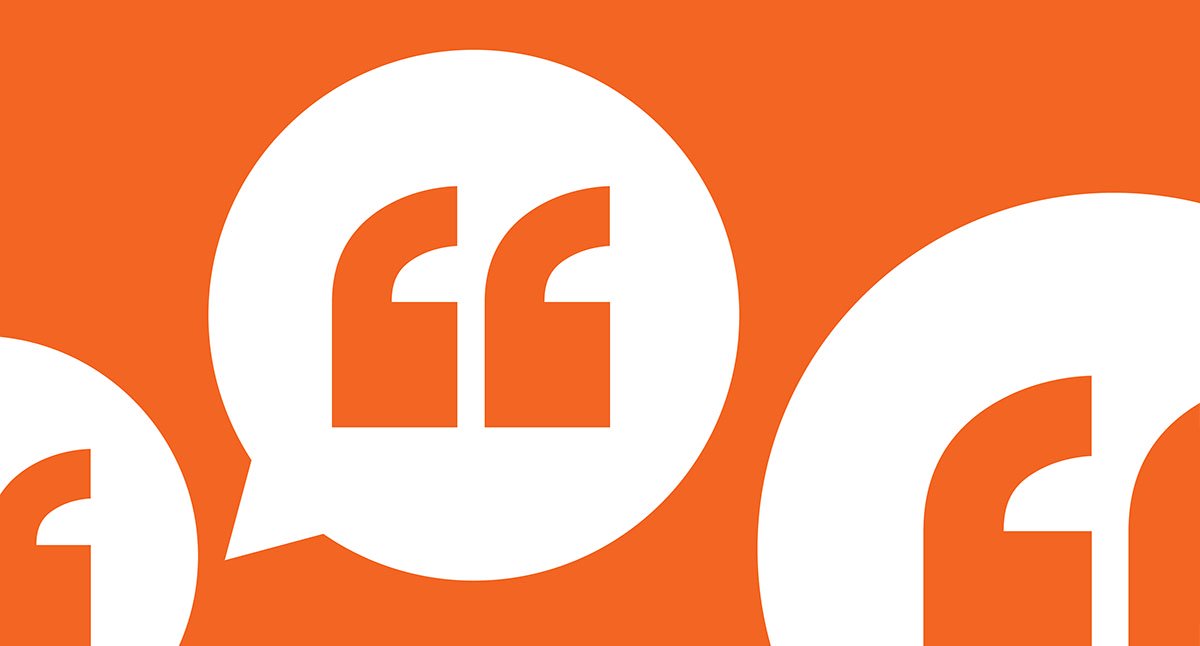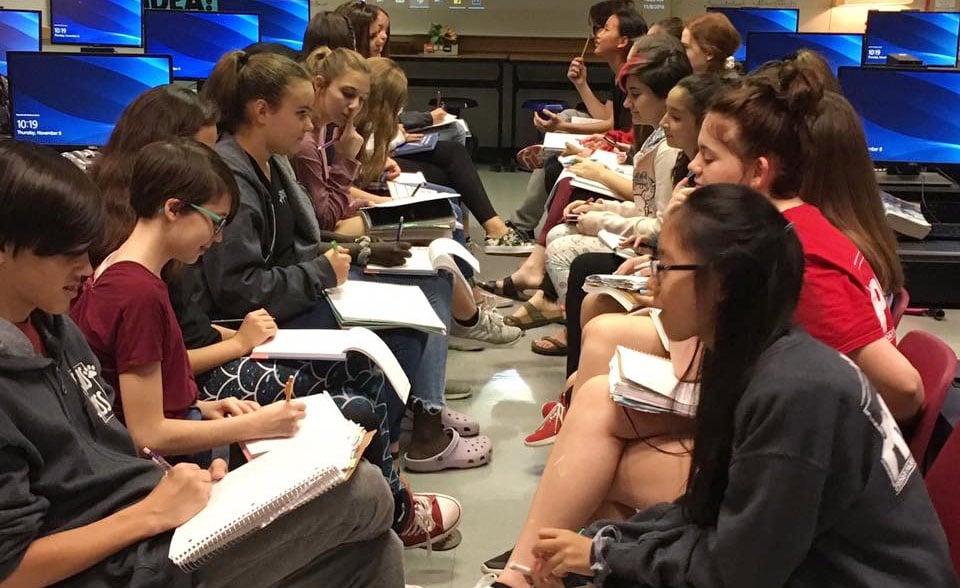
"It was fun.” “We gave 110 percent.” “We’re like a family.”
Generic, cliché answers make us groan too. Remedying this banality takes a little practice and effort. We have four tips for moving your interview skills from amateur to pro.
1. Questions are key.
Avoid asking yes or no questions and focus on how and why questions. Invite subjects to “Tell me about…” or “Describe…” events, moments, games and thoughts. Ask them what people should know about the topic or what it means to them. Think in extremes: ask about their best and worst moments, the highs and lows of an event, and the greatest and most disappointing aspects.
2. Find the moment.
Target moments that get to the heart of the story. Get the details by asking how, what and why questions that follow up on their initial answers. Asking “What was that like?” and “What were you thinking?” will expand their thoughts. Get subjects to reflect on the experience by asking about how it changed them or how it differed from their expectations. Close out the moment by capturing what they won’t forget and where they go from here.
3. Don’t forget the facts.
In your quest for hearty quotes, don’t forget the facts. You’ll need the background story, details, factual info, dates and scores. And let this reminder help staffers as they plan questions and stories: save all the emotions, thoughts, opinions and reflections for the quotes. Avoid quoting facts; instead use all the factual information for transition paragraphs that lead into the quotes and move the story from one topic to the next. See this blog post for additional tips on story formats and improving writing.
4. Practice makes perfect.
The old adage is true. Before you send those eager reporters out, bring them in for a practice run. Have volunteers do one-on-one interviews in the front of the room so all staffers can benefit from the process. Encourage interviewers to listen closely and craft new questions based on the answers. Teach verbal and non-verbal cues for encouraging interviewees to continue or to stop talking.
 At Cedar Park Middle School, staffers practiced on each other first. Each student interviewed a partner for two minutes, then they reversed roles. After four minutes, they rotated to a new seat and began again. Each staffer wrote a news feature, took portraits of their subject, assessed the work and made edits. The speed dating interviews were in preparation for completing interviews and photos with a faculty member. Photo by Nisa Sharma
At Cedar Park Middle School, staffers practiced on each other first. Each student interviewed a partner for two minutes, then they reversed roles. After four minutes, they rotated to a new seat and began again. Each staffer wrote a news feature, took portraits of their subject, assessed the work and made edits. The speed dating interviews were in preparation for completing interviews and photos with a faculty member. Photo by Nisa Sharma
In short, dig deep. Too often we take the interviewee’s first response at face value and walk away with a mediocre quote. Be curious. Ask follow-up questions. Get to the heart of the story.
Have fun and give 110 percent. But don’t quote us on that.

